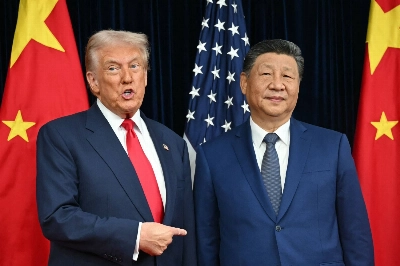Australia has a new prime minister — an outcome foreshadowed in earlier articles. Most commentators believe the decision to revive British imperial titles as part of Australian national honors, and in particular to confer an Australian knighthood on Prince Philip, husband of the country's head of state, helped to cement several key pathologies about Prime Minister Tony Abbott's leadership. Proper process was missing, his political judgment was flawed and he was trapped in a nostalgic prism of the past increasingly out of tune with the country. His successor, Malcolm Turnbull, has repositioned the government as future oriented.
Abbott's knighthood decision helped to revive the question of Australia becoming a republic and Turnbull is a past head of the Australian Republic Movement. In a craftily worded referendum many years ago, Prime Minister John Howard — a staunch monarchist — managed to kill the momentum toward a republic and Turnbull has more recently conceded that the move is doomed during the reign of the present queen.
The debate on becoming a republic cannot be divorced from the method of choosing a president. If Australians want an executive president, the head of state must be directly elected to confer the mantle of democratic legitimacy on the combined office of head of government and state. For a number of reasons, presidential government is inferior to parliamentary government in general and would clash with Australia's political culture in particular.

















With your current subscription plan you can comment on stories. However, before writing your first comment, please create a display name in the Profile section of your subscriber account page.